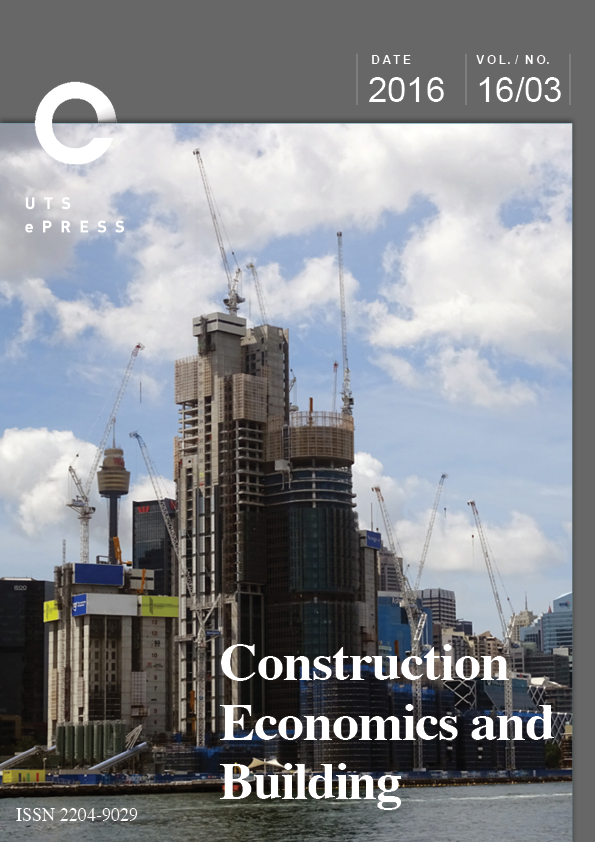A study of best management practices for enhancing productivity in building projects: construction methods perspectives
Main Article Content
Abstract
This research investigates management practices that have the potential to enhance productivity in building projects by focusing on construction methods. In phase 1 of the study, face-to-face interviews with nineteen experts were conducted to identify the best management practices for construction methods. The qualitative data analysis reached saturation and resulted in a list of best practices for construction methods that are relevant to the local industry. The second phase used an industry-wide survey to prioritize the best practices. Accordingly, project start-up plan, traffic control plan, machinery positioning strategy, project completion plan, and dynamic site layout plan were shown to be the top five best practices for construction methods. The study also revealed that high levels of implementation of best practices are associated with low levels of project delays. The use of best practices also varied according to the project costs. There were no discernible differences between the top five best practices. The authors suggest that they should be implemented jointly to improve productivity in building projects. Contractors could use the logistic regression model developed, to predict the probability of exceeding a baseline productivity factor and, on that basis, implement corrective actions to achieve the desired level of productivity.
Article Details
Section
Authors who publish with this journal agree to the following terms:
a) Authors retain copyright and grant the journal right of first publication with the work simultaneously licensed under a Creative Commons Attribution License that allows others to share and adapt the work with an acknowledgement of the work's authorship and initial publication in this journal.
b) Authors are able to enter into separate, additional contractual arrangements for the non-exclusive distribution of the journal's published version of the work (e.g., post it to an institutional repository or publish it in a book), with an acknowledgement of its initial publication in this journal.
c) Authors are permitted and encouraged to post their work online (e.g., in institutional repositories or on their website) prior to and during the submission process, as it can lead to productive exchanges, as well as earlier and greater citation of published work (See The Open Access Citation Advantage Service). Where authors include such a work in an institutional repository or on their website (ie. a copy of a work which has been published in a UTS ePRESS journal, or a pre-print or post-print version of that work), we request that they include a statement that acknowledges the UTS ePRESS publication including the name of the journal, the volume number and a web-link to the journal item.
d) Authors should be aware that the Creative Commons Attribution (CC-BY) License permits readers to share (copy and redistribute the work in any medium or format) and adapt (remix, transform, and build upon the work) for any purpose, even commercially, provided they also give appropriate credit to the work, provide a link to the license, and indicate if changes were made. They may do these things in any reasonable manner, but not in any way that suggests you or your publisher endorses their use.
